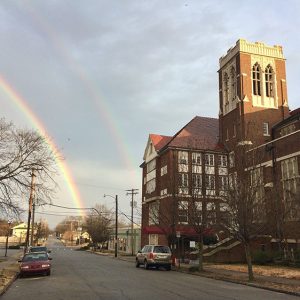 QQUM Church Exterior
QQUM Church Exterior
Entry Type: Place - Starting with Q
 QQUM Church Exterior
QQUM Church Exterior
 QQUM Church Interior
QQUM Church Interior
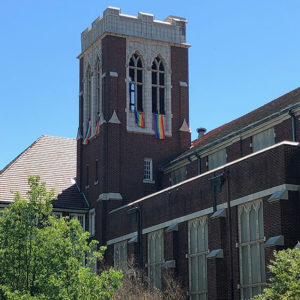 QQUM Church Tower
QQUM Church Tower
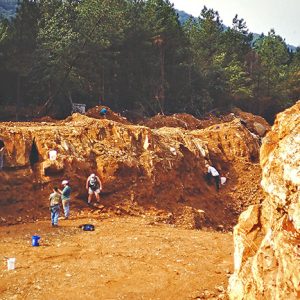 Quartz Crystal Mining
Quartz Crystal Mining
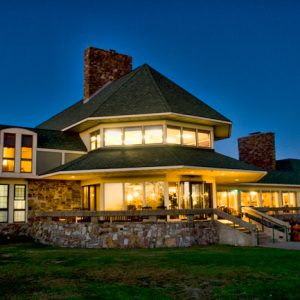 Queen Wilhelmina Lodge
Queen Wilhelmina Lodge
Queen Wilhelmina State Park
 Queen Wilhelmina State Park: Park Location
Queen Wilhelmina State Park: Park Location
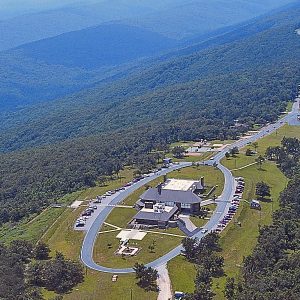 Queen Wilhelmina State Park
Queen Wilhelmina State Park
 Quesenbury House
Quesenbury House
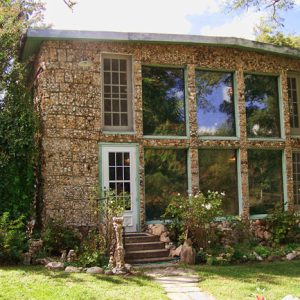 Quigley's Castle
Quigley's Castle
Quigley’s Castle
 Quinn Chapel
Quinn Chapel
Quitman (Cleburne and Faulkner Counties)
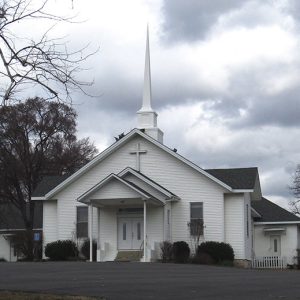 Quitman Methodist Church
Quitman Methodist Church
 Quitman Post Office
Quitman Post Office
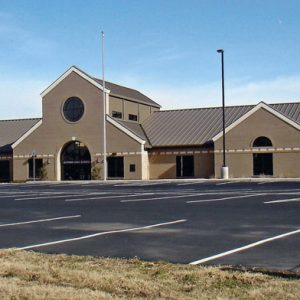 Quitman High School
Quitman High School
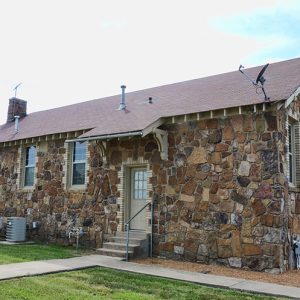 Quitman Home Economics Building
Quitman Home Economics Building
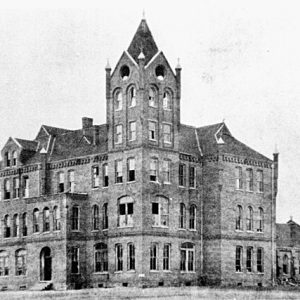 Quitman Male and Female College
Quitman Male and Female College
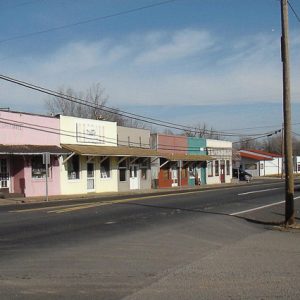 Quitman Street Scene
Quitman Street Scene
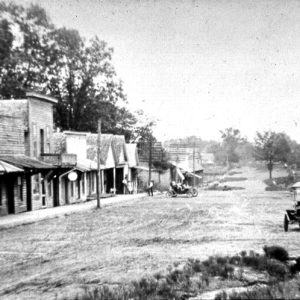 Quitman Street Scene
Quitman Street Scene




